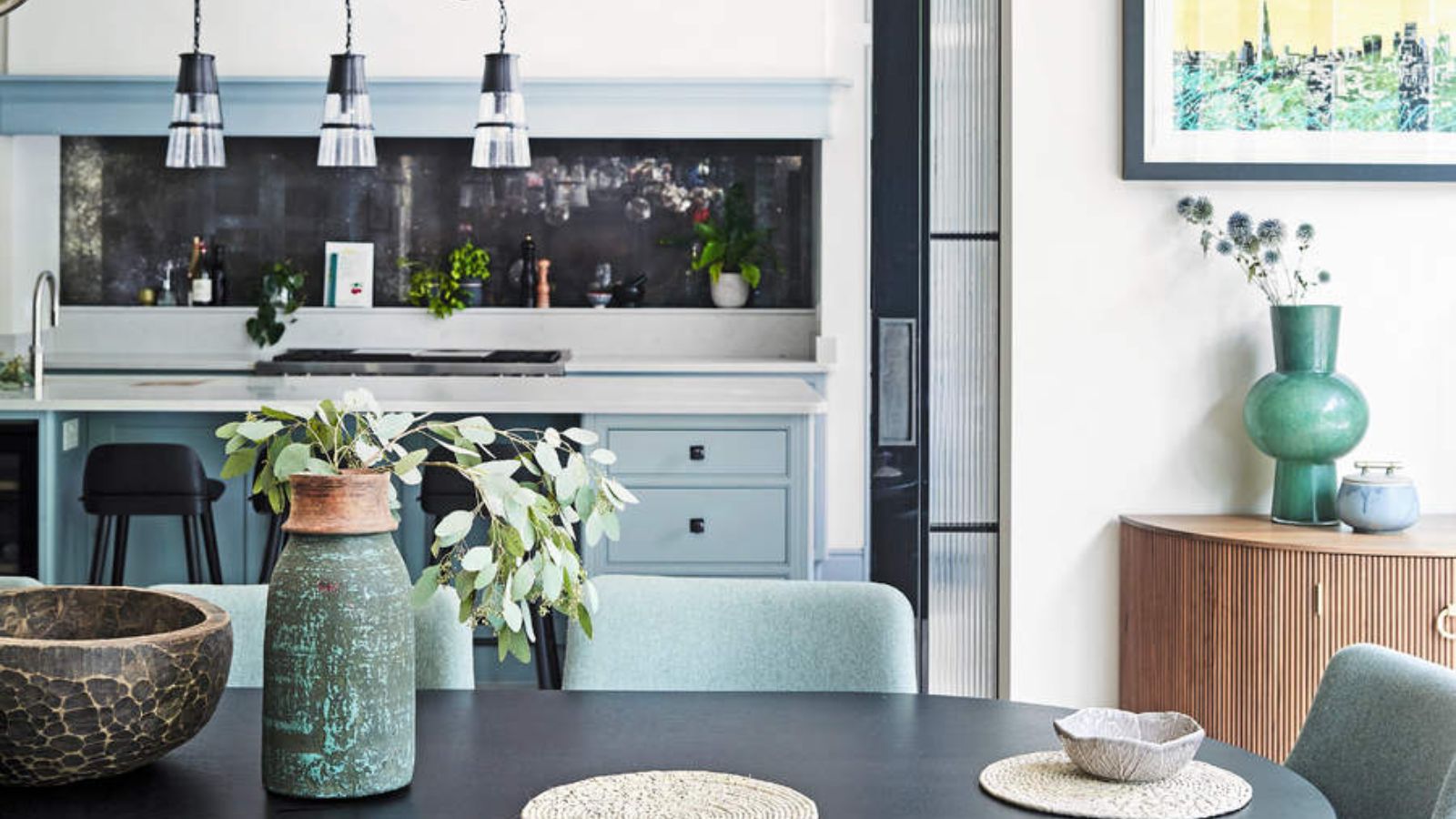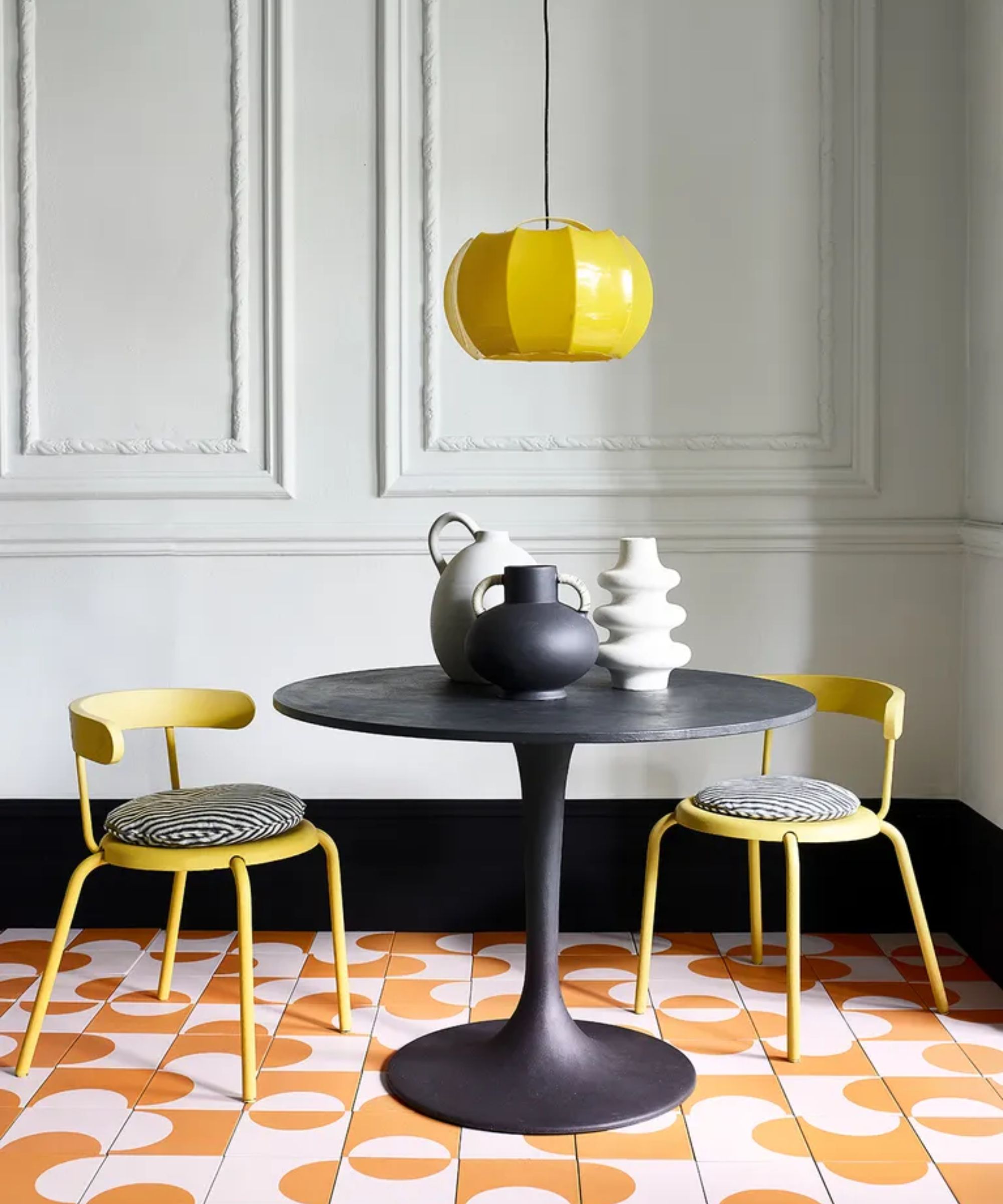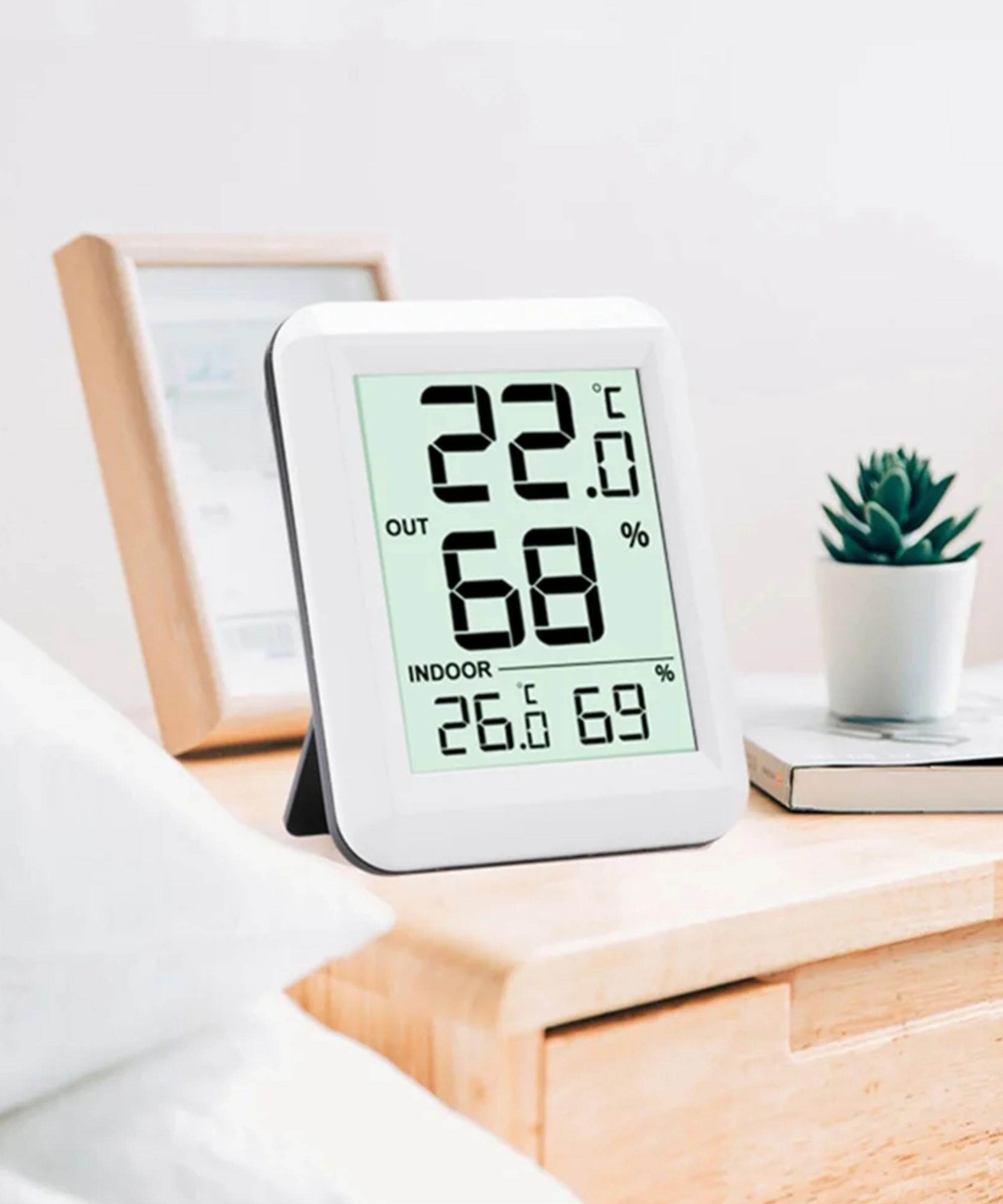Experts warn that low humidity can be damaging to your home and health – this is how to manage it
Maintaining balanced humidity is crucial for several reasons – experts explain how to manage low humidity


Low humidity refers to air that contains less moisture than what is typically comfortable and healthy, usually below 30%.
This can make the air feel very dry and often occurs during winter months, in naturally dry climates, or due to excessive heating system use. Whatever the reason for the low humidity in your home, dealing with it is crucial for your comfort and health.
Our experts have revealed the best indoor humidity levels for year-round comfort and maintaining the structural integrity of your home and provided effective strategies to manage low humidity.
Why it is bad to have low humidity in your house
Low humidity in your house can pose several challenges to your health and your home's structural integrity. Here's a detailed look at why maintaining proper humidity levels is essential.
Health implications of low humidity

Respiratory issues
'Dry air can worsen respiratory conditions such as asthma and allergies,' explains Josh Mitchell, HVAC technician and owner of Air Conditioner Lab. 'It irritates mucous membranes in the nose and throat, making you more likely to get colds and respiratory infections.'
Skin problems
Low humidity can lead to dry, itchy skin and chapped lips. Over time, it can worsen eczema and other skin conditions.
Eye irritation
Dry environments can irritate the eyes, particularly for contact lens wearers or those with sensitive eyes.
The impact on your home

Damage to wood
'Low humidity conditions can damage wood floors, furniture, and musical instruments,' says Al Fouz, owner of Abaco Air Experts. 'In excessively dry conditions, wood tends to lose moisture and shrink, leading to warping and cracking.'
Static electricity
'Low humidity levels increase static electricity, which can be a nuisance and potentially harm sensitive electronic equipment,' warns Josh Mitchell.
The Ideal humidity levels for your home

The ideal indoor humidity level for comfort and health is between 30% and 50%. Keep humidity within this range to avoid the adverse effects of dry air.
You can use a hygrometer, such as this one from Amazon. Hygrometers monitor your humidity levels and take action when it is below this range.
How to manage low humidity
If you are dealing with low humidity in your home, you can use a few strategies to increase humidity to the ideal range. Josh Mitchell recommends:
- Humidifiers: A humidifier or humidistat is the most direct way to add moisture to indoor air. There are several types, including ultrasonic and evaporative humidifiers, each with pros and cons depending on your specific needs. This Sejoy humidifier is a best seller at Walmart.
- House plants: Adding houseplants can naturally increase the humidity through transpiration, as plants release moisture into the air. Some of the best humidifying plants include spider plants, peace lilies, Boston ferns, and areca palms.
- Ventilation: Proper ventilation helps maintain a good balance of fresh air in your home without drying out the indoor environment. Ensure air isn't leaking from overly dry areas such as attics or basements.
- Monitoring: Use a hygrometer to monitor humidity levels in your home. This helps you adjust the use of humidifiers or other humidity solutions to ensure levels stay within the ideal range.
It's important to keep the outside weather in mind when adjusting a humidifier's settings. Regularly check your weather app, as rain outside will naturally increase indoor humidity levels, whereas dry, cold weather will decrease it.
By managing the humidity levels in your home, you can avoid these problems and maintain a more comfortable and healthy indoor environment.
Sign up to the Homes & Gardens newsletter
Design expertise in your inbox – from inspiring decorating ideas and beautiful celebrity homes to practical gardening advice and shopping round-ups.

Lola Houlton is a news writer for Homes & Gardens. She has been writing content for Future PLC for the past six years, in particular Homes & Gardens, Real Homes and GardeningEtc. She writes on a broad range of subjects, including practical household advice, recipe articles, and product reviews, working closely with experts in their fields to cover everything from heating to home organization through to house plants. Lola is a graduate, who completed her degree in Psychology at the University of Sussex. She has also spent some time working at the BBC.
-
 Extend the lifespan of your appliance with 5 simple but crucial washing machine maintenance tips
Extend the lifespan of your appliance with 5 simple but crucial washing machine maintenance tipsFrom cleaning the filters to keeping the door open, experts reveal the washer tips they swear by
By Andy van Terheyden Published
-
 These are the 6 must-have colors to decorate with in April 2025
These are the 6 must-have colors to decorate with in April 2025What do retro-inspired yellows and beautiful blues all have in common? They're on our hot list for the season ahead
By Sophia Pouget de St Victor Published